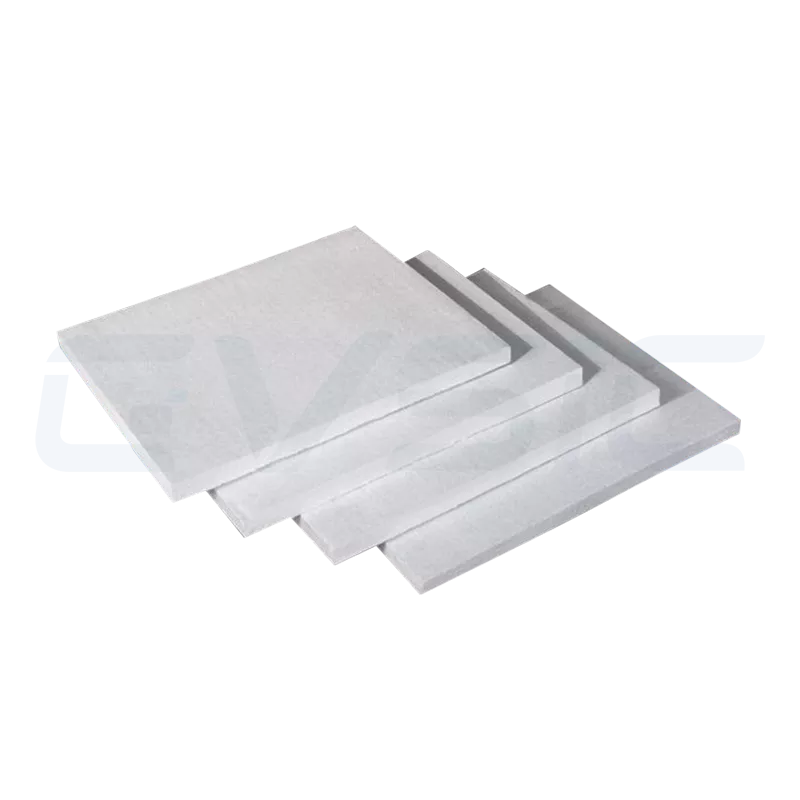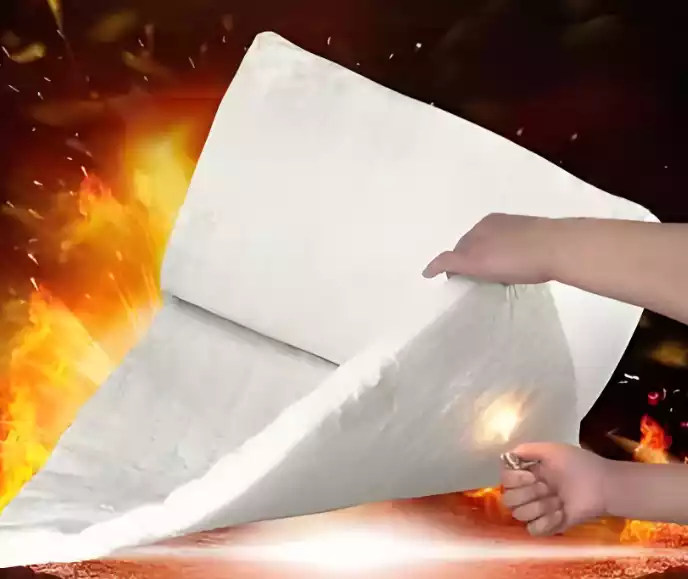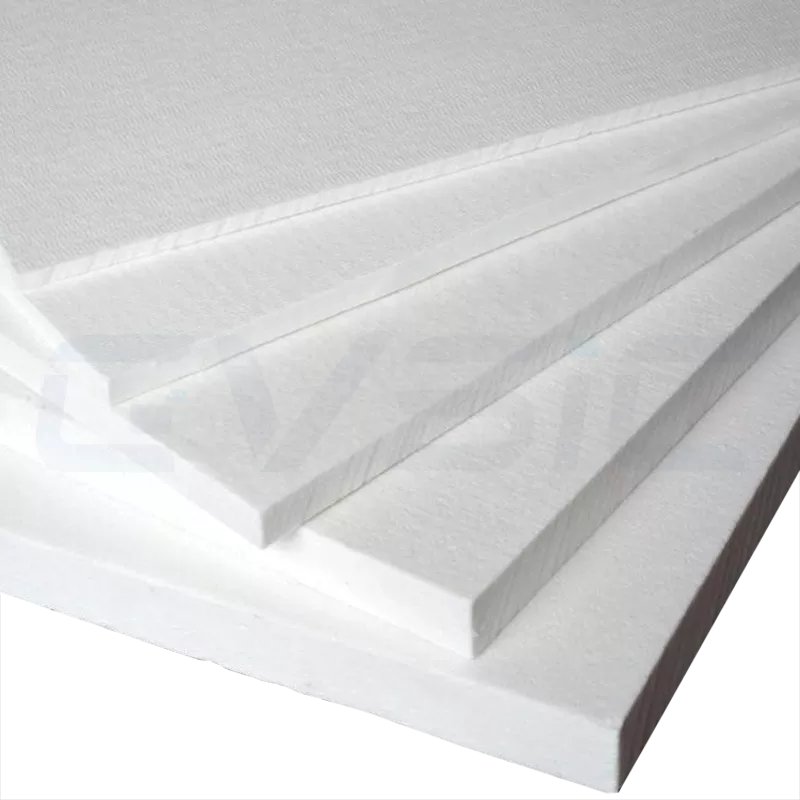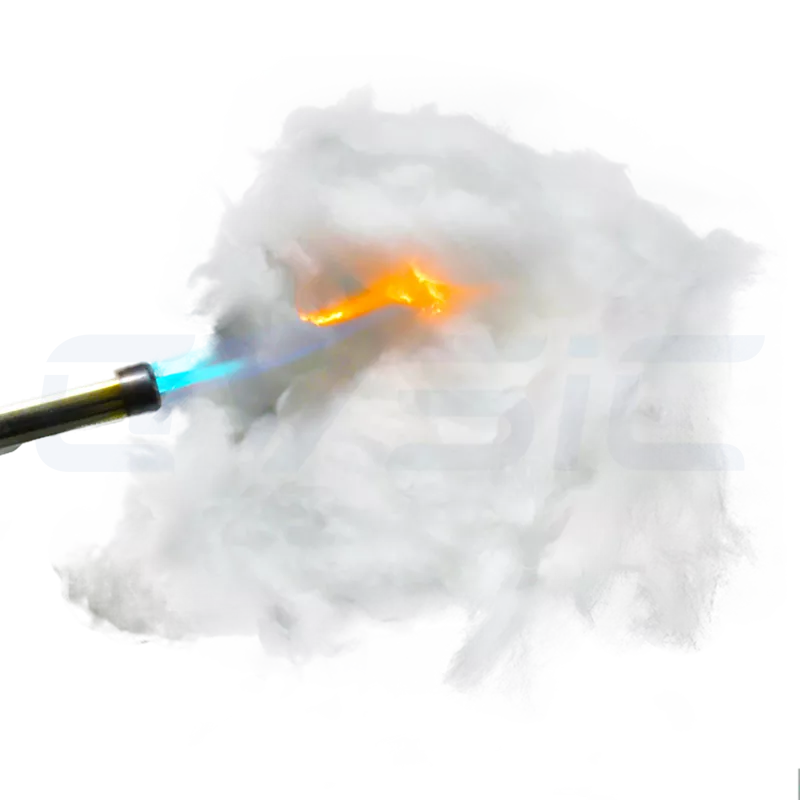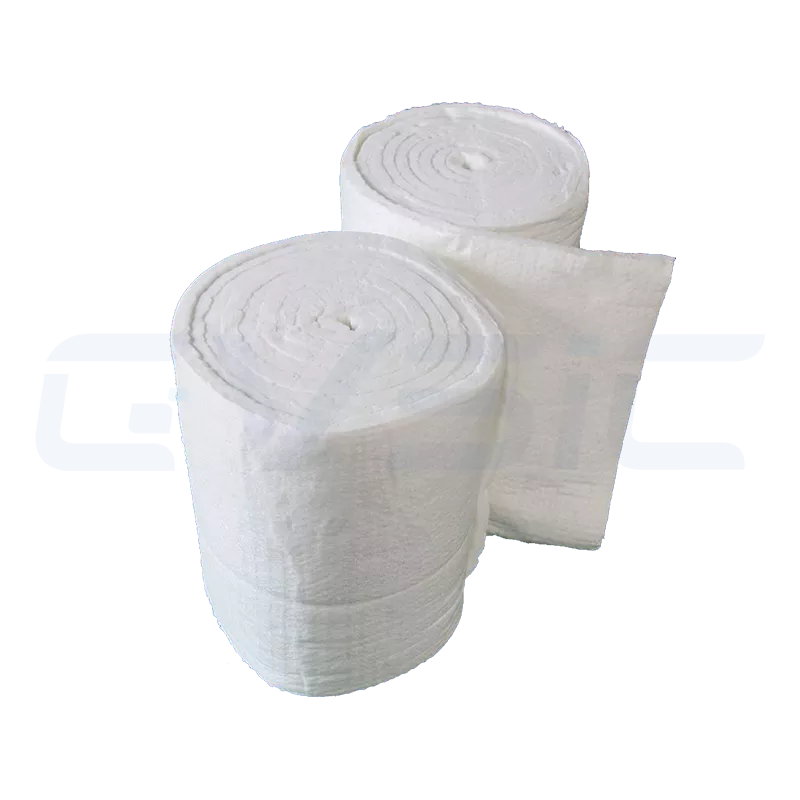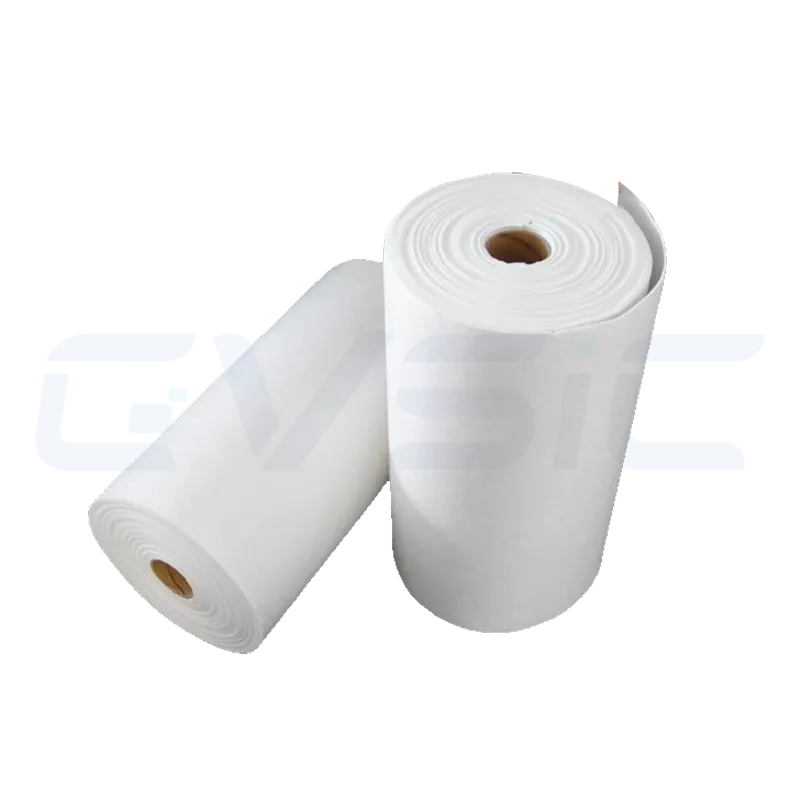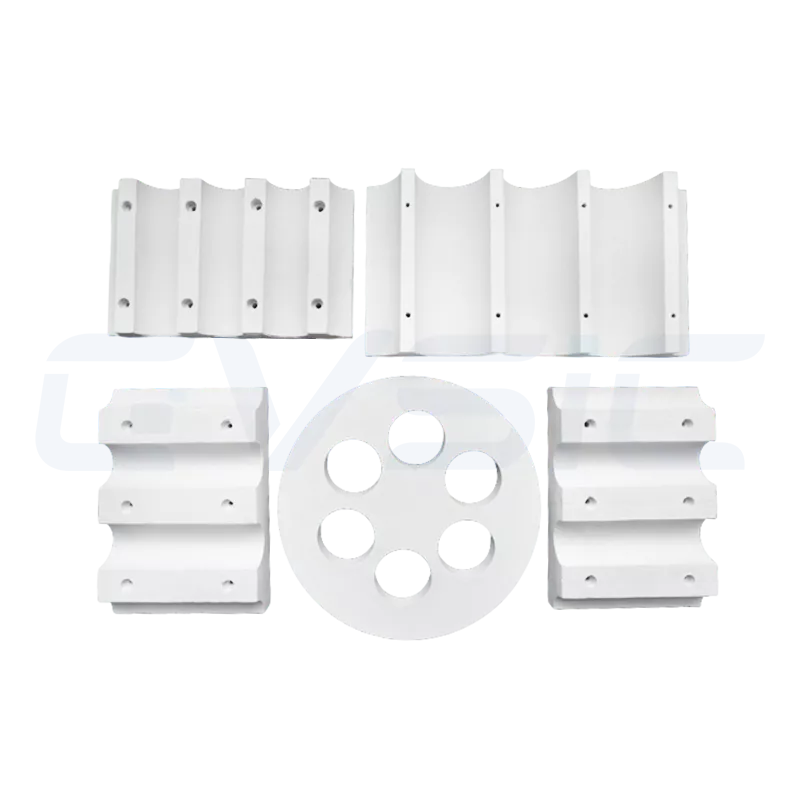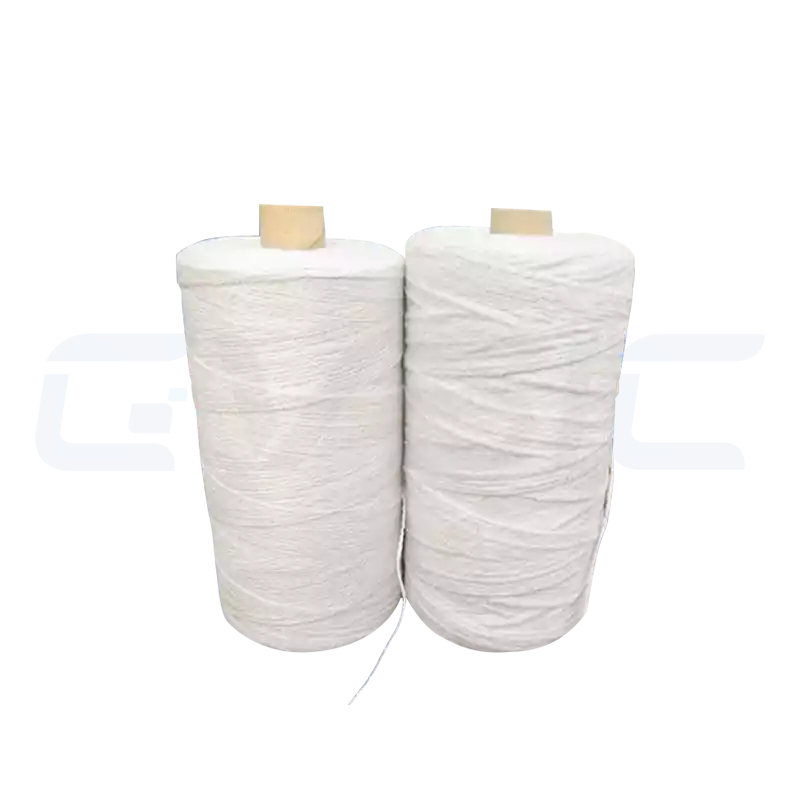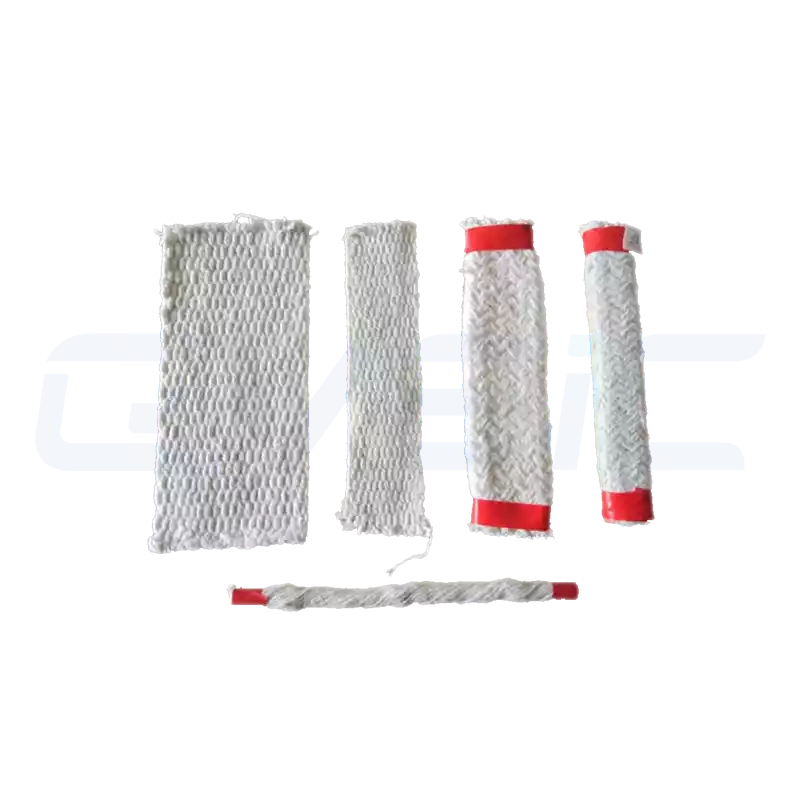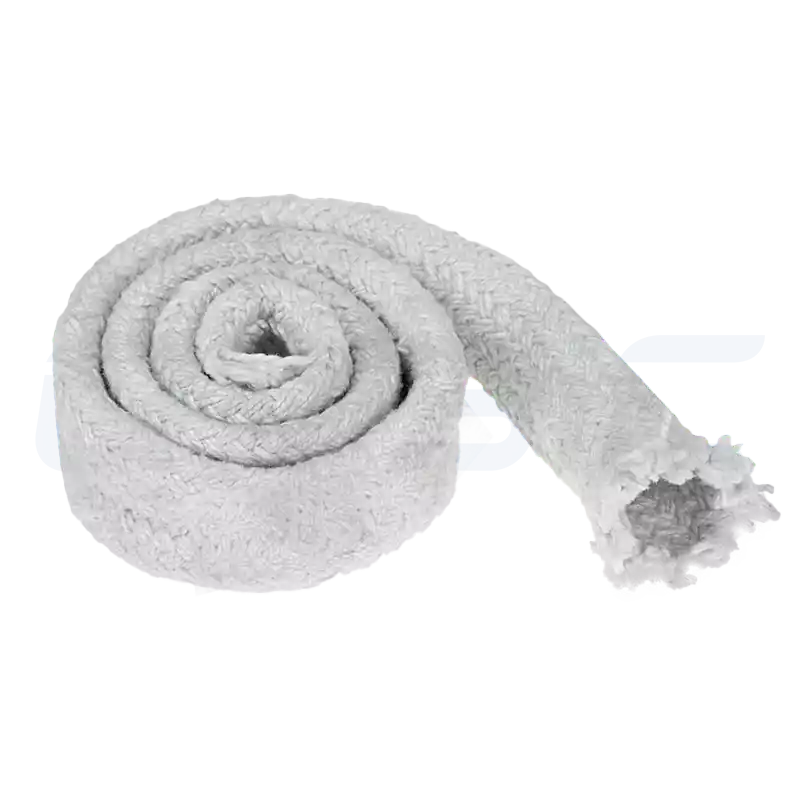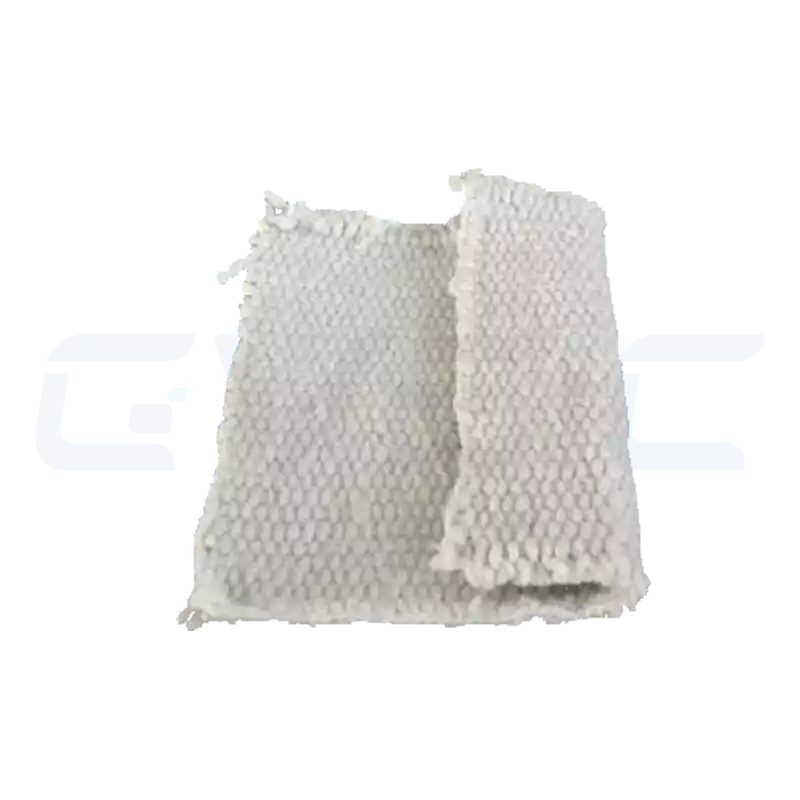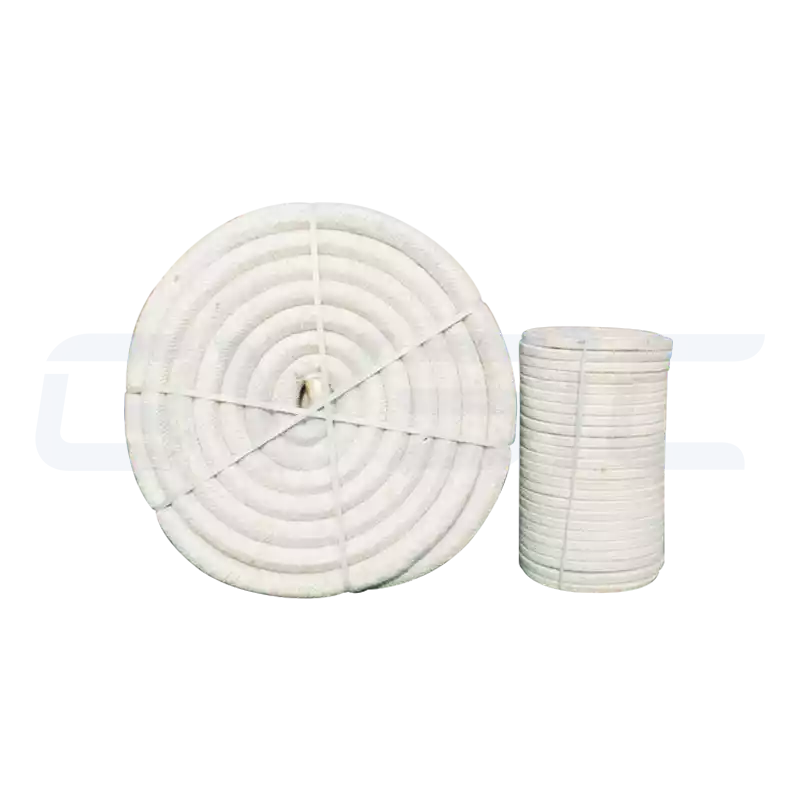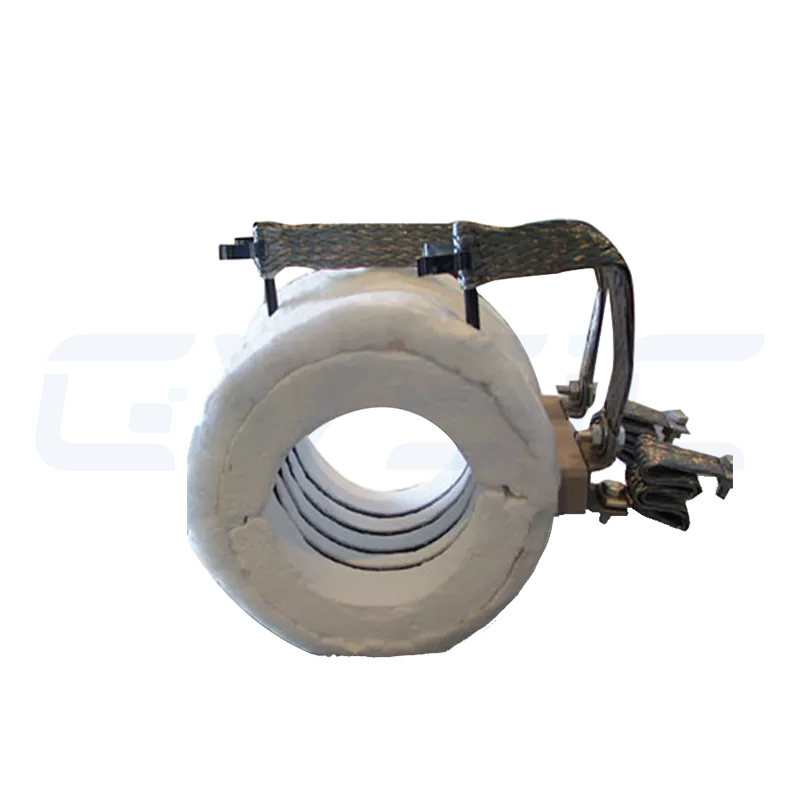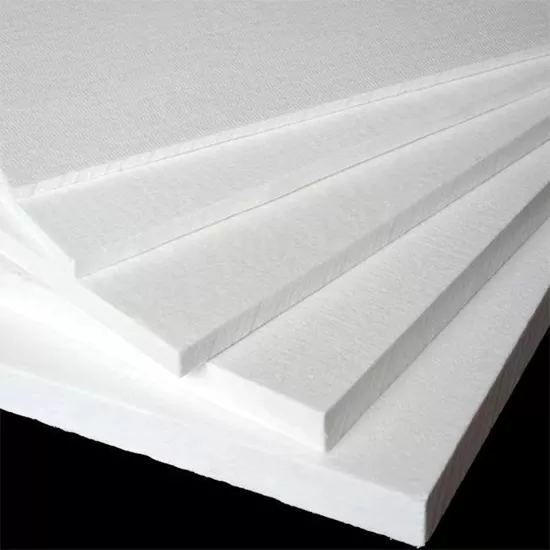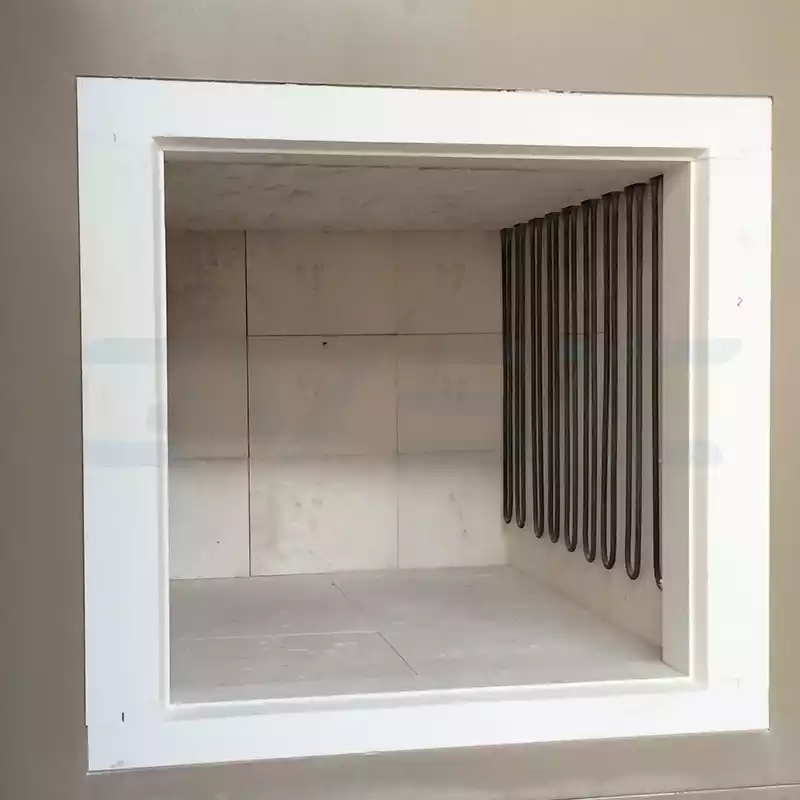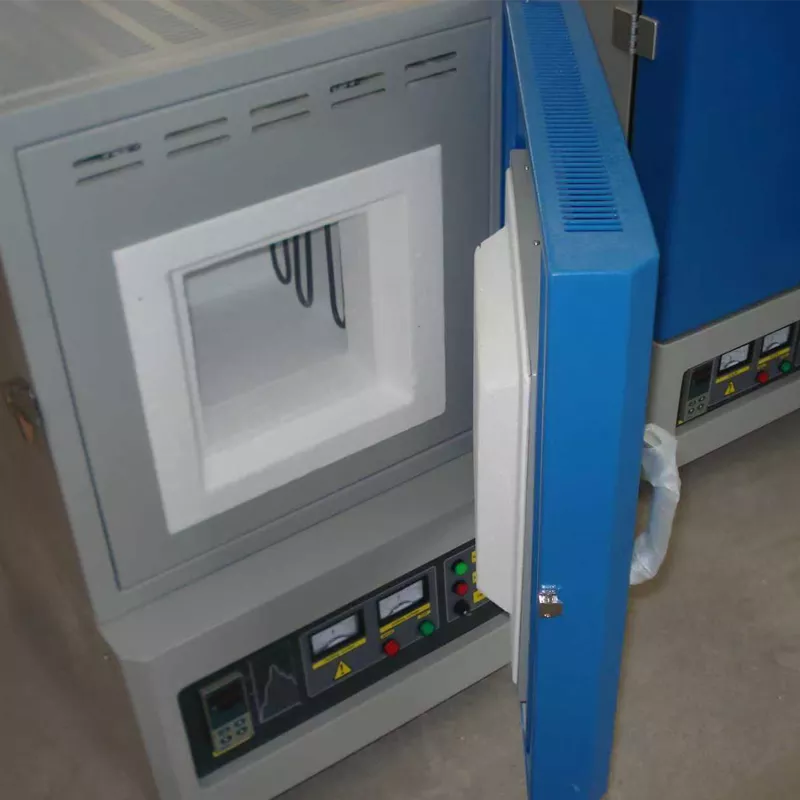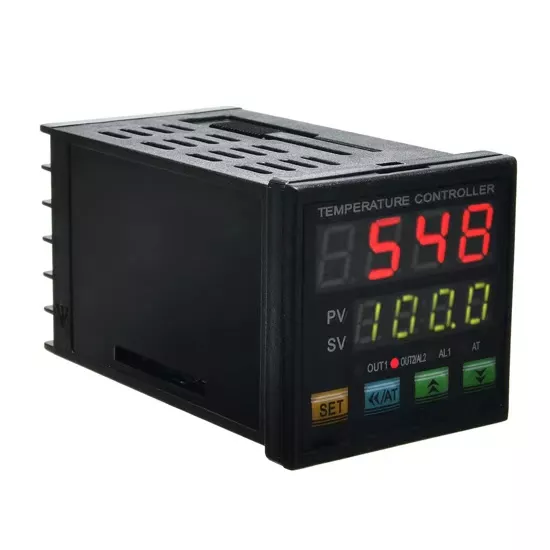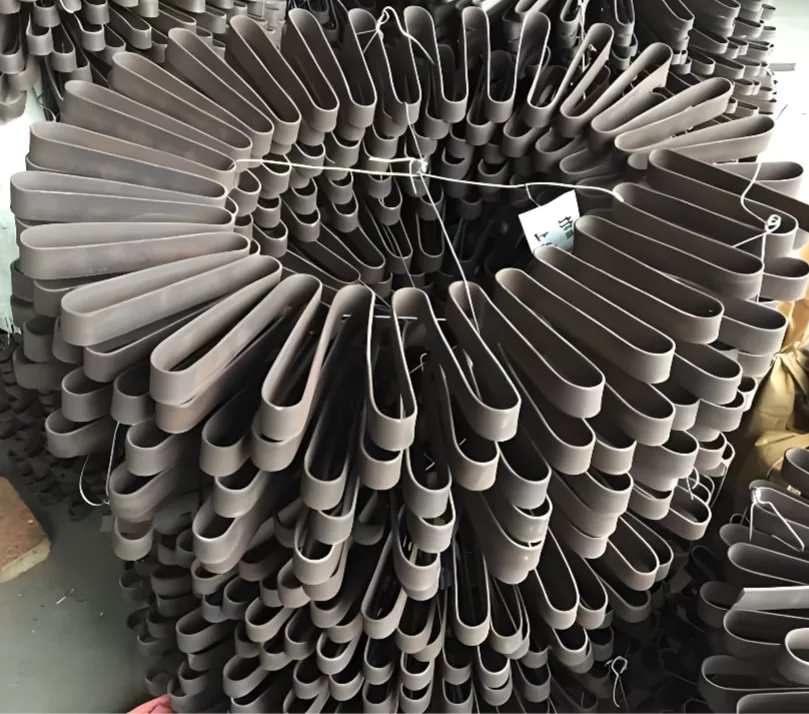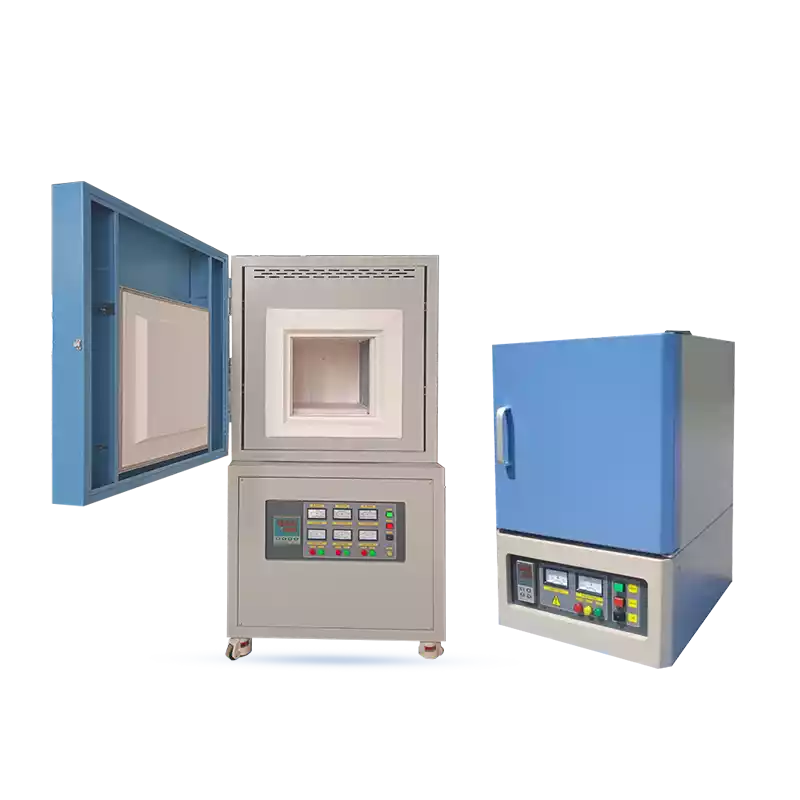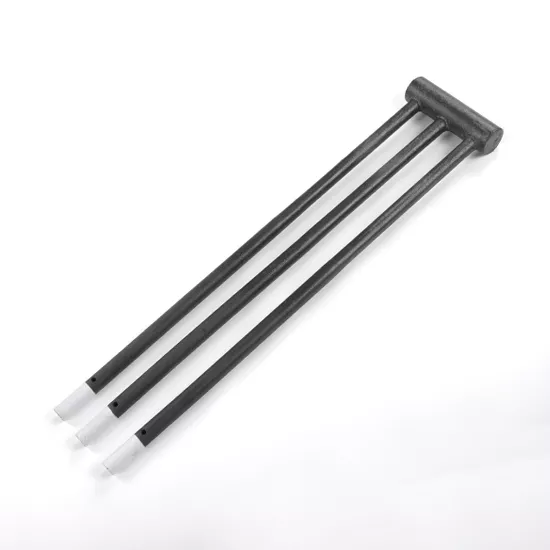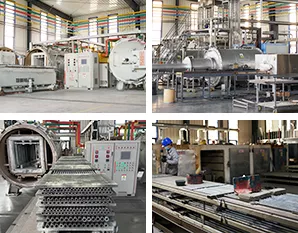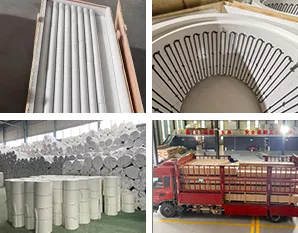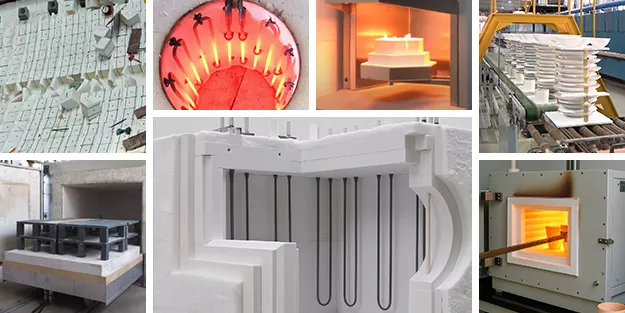In the world of high-temperature industries, heat is both a friend and a challenge. How can equipment maintain stable operation in a blazing furnace while minimizing energy loss? This is where ceramic fibre truly shines.
As experienced engineers in high-temperature industries, we understand the real needs for ceramic fibre’s insulation and resistance. Ceramic fibre boosts industrial efficiency. CVSIC now offers an analysis of ceramic fibre’s core performance and typical applications.
The insulation magic of ceramic fibre: the secret of low thermal conductivity
Picture a furnace running above 1000°C, with heat always trying to escape. Ceramic fibre locks in the heat using its ultra-low thermal conductivity.
1. Extremely Low Thermal Conductivity
Ceramic fibre contains a dense network of tiny pores, and gases have very weak thermal conductivity, making it difficult for heat to quickly penetrate the material.
- At common operating temperatures (800–1200°C), thermal conductivity typically ranges from 0.1 to 0.25 W/m·K;
- Compared to traditional refractory bricks, its insulation efficiency can be improved by 3–5 times.
So, ceramic fibre keeps more heat at the same thickness without leakage, or provides the same insulation using a thinner layer—saving space and cost.
2. Lightweight structure, low thermal capacity
The bulk density of ceramic fibre typically ranges from 96 to 192 kg/m³, far lower than that of refractory bricks and calcium silicate materials. This low thermal capacity characteristic enables it to perform better during equipment startup and shutdown:
- Faster heating and shorter preheating time;
- Reduced energy consumption;
- More sensitive response to thermal cycling environments, suitable for frequent start-stop operations.
3. High reflectivity
- The fibre surface can reflect part of the radiant heat, further enhancing thermal insulation performance.
High-temperature resistance
Ceramic fibre withstands up to 1600°C, or up to 1800°C briefly, making it ideal for furnaces and heat treatment equipment.
This high-temperature resistance is due to:
- High-purity raw materials: CVSIC uses high-purity alumina and silica, with a melting point exceeding 2000°C, ensuring the fibres do not melt or deform at high temperatures.
- Thermal shock resistance: The low thermal expansion coefficient and flexible structure of ceramic fibres allow them to remain stable under rapid temperature changes, reducing the risk of cracking or peeling.
- Process optimisation: Through spinning or blowing processes, CVSIC ensures the fibres are uniform and structurally stable, maintaining performance even during prolonged high-temperature operation.
For instance, our ceramic fibre modules used in steel industry furnaces reduce wall weight by 70% and extend lining life, reducing maintenance. Facing high temperatures? Explore our solutions!
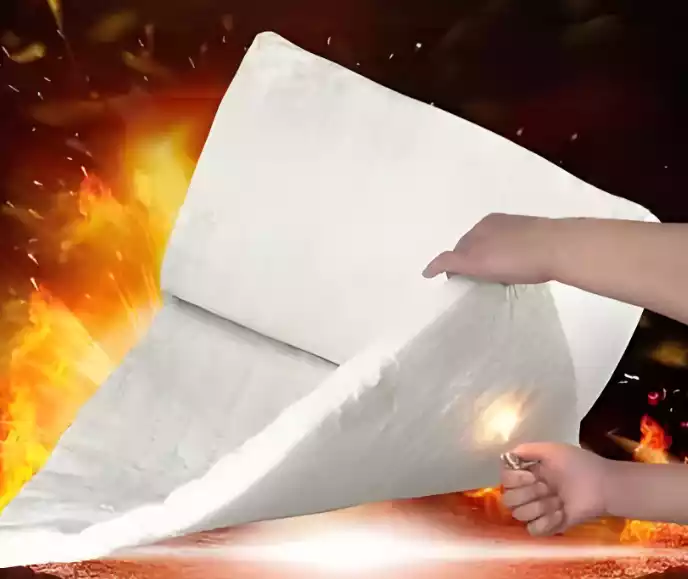
Chemical Stability: A ‘Jack-of-All-Trades’ for Complex Environments
High-temperature environments often involve corrosive gases or complex chemical atmospheres, but ceramic fibres remain unfazed. Its chemical stability allows it to perform seamlessly in various harsh environments:
- Resistance to acid-alkali corrosion: Ceramic fibre exhibits excellent resistance to most acidic or alkaline gases (such as sulphuric acid and chlorides), making it particularly suitable for the chemical and metallurgical industries.
- Compatibility with neutral atmospheres: CVSIC’s ceramic fibre remains stable in both reducing and oxidising atmospheres, ensuring long-term use without degradation.
- Low impurity content: CVSIC strictly controls impurities during production to ensure that the fibres do not undergo unexpected reactions in high-temperature chemical environments.
Typical application scenarios: where ceramic fibres shine
Ceramic fibres provide strong insulation and temperature resistance across many industries. Here are some typical success cases for CVSIC’s products:
Kiln lining:
Ceramic fiber blankets and module systems are widely used for high-temperature kiln hot-face lining, offering the following advantages:
- Significantly reduces kiln heat loss;
- Shortens kiln temperature response time;
- Lighter furnace weight, suitable for large-scale equipment or mobile furnaces.
Pipe Insulation:
In petrochemicals, ceramic fibre blankets and ropes wrap hot pipes, lowering surface temperatures, improving safety, and reducing heat loss.
Furnace Door/Hot Air Outlet Sealing:
Ceramic fiber paper, cloth, ropes, or module scraps fill gaps for better heat retention and longer furnace life.
Heat Treatment Equipment:
Ceramic fiber boards insulate heat treatment furnaces in aerospace and automotive industries, ensuring stable, precise temperatures.
Sealing and joint filling:
Ceramic fibre cloth and rope provide reliable sealing at furnace doors, expansion joints, and other areas, preventing heat leakage and extending equipment lifespan.
For example, our ceramic fibre modules improved a power company’s boiler flue efficiency by 8%, saving 2 million yuan per year. Want to know more? Explore our cases.
Why choose CVSIC’s ceramic fibre?
In high-temperature industries, material choice is crucial. CVSIC’s ceramic fibre excels in insulation and user-focused support.
Ceramic fibre’s performance requires correct selection and installation. CVSIC provides high-performance and customised solutions for reliable insulation.
- Customised solutions: Our engineering team thoroughly understands your operational conditions and tailors the optimal solution.
- High-quality assurance: Every batch of products undergoes rigorous testing to ensure stable performance and durability.
- Environmental protection and safety: Some products use low-biopersistent fibres, compliant with international environmental standards, ensuring safer installation.
Conclusion: Make high temperatures more controllable and efficiency more outstanding
Ceramic fibre, like super armour, protects high-temperature equipment, improves efficiency, and lowers costs. CVSIC helps you overcome heat challenges with professional service. For insulation or pipeline solutions, CVSIC is ready to help.
Ready to take your industrial project to the next level? Contact CVSIC now for free technical consultation or product samples, and embark on a future of efficiency and energy savings!

